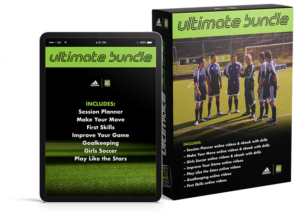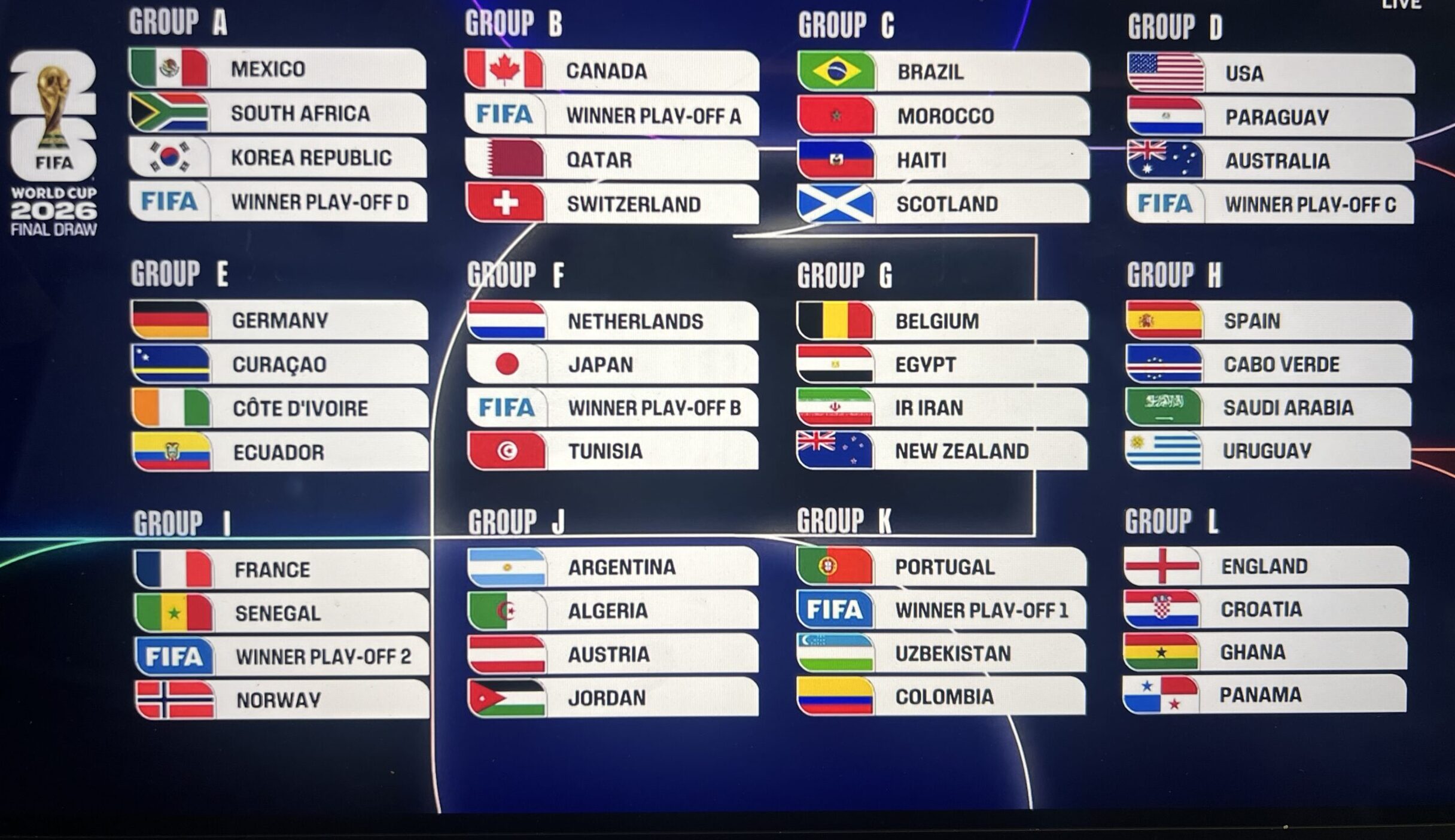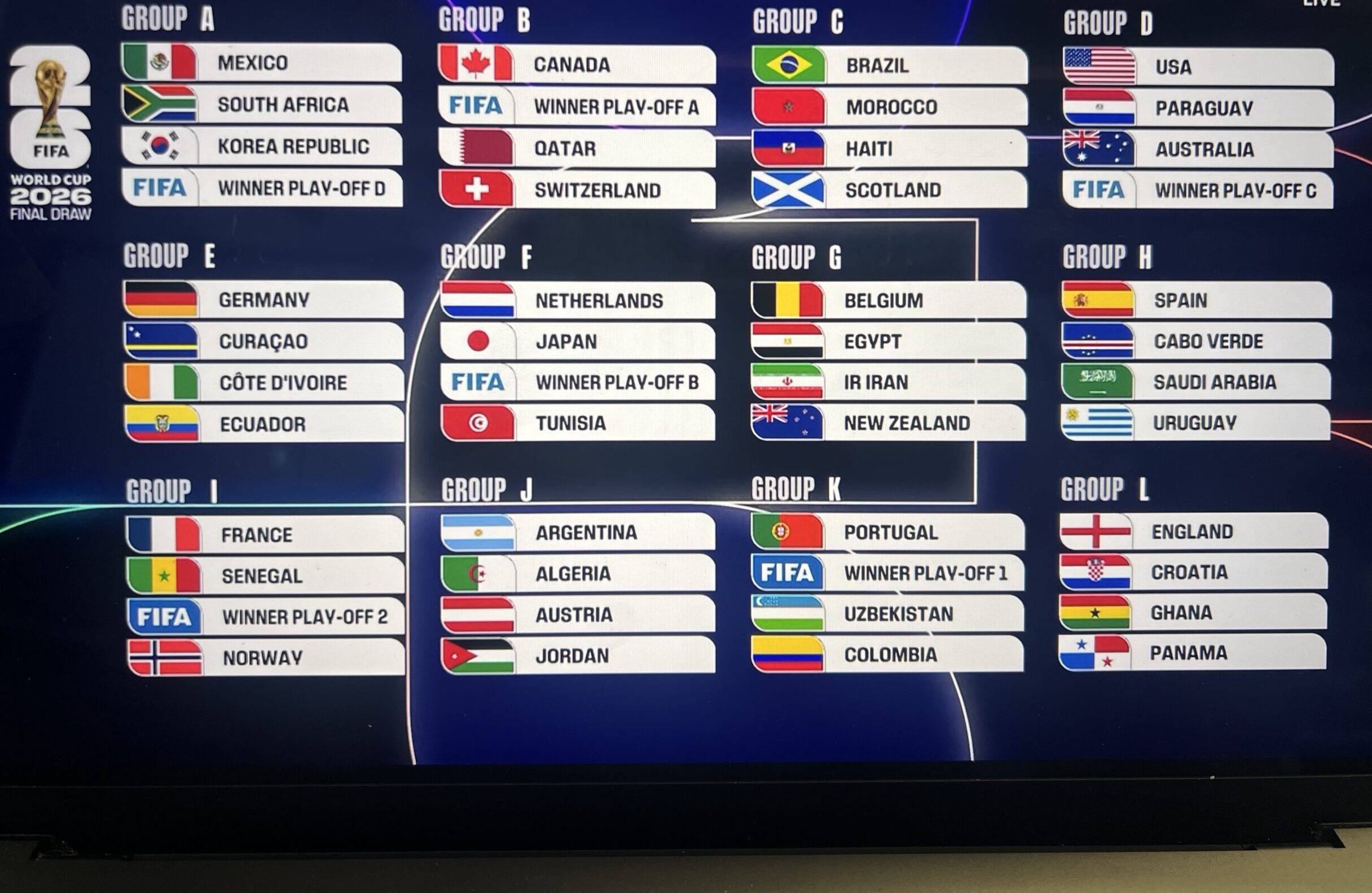| Warming up before playing soccer is crucial. Once you’re providing your body with the tools it needs by sticking to a well-balanced, consistent diet, you can begin to focus on how to use those tools on the soccer field. The first step to maximizing your body’s potential is to do a proper warm-up before a soccer game or a soccer training session.
A lot of soccer players are tempted to skip or at least rush through this part of the routine because let’s face it—it’s not as gratifying or exhilarating as facing an opponent and moving the soccer ball past him or her. Here’s how Liverpool warm up for their football matches. Perhaps the most famous soccer warm up of all-time: Diego Maradona Warm Up While Playing for Napoli. Yet, if there’s anything you’re going to learn from this soccer fitness and nutrition guide, it’s that the least exciting aspects of soccer training are actually the most critical to your success as a player. What you develop that others neglect will ultimately give you the cutting edge as a soccer athlete. A good warm-up will set the tone for good play. By easing into physical activity and gradually raising your body temperature, you increase the flexibility in your muscles, joints, ligaments, tendons, and cartilage. You also reduce your chances of straining, spraining, or tearing later on. Your goal is to make your muscles elastic before you plunge into activity; cold, stiff muscles will not serve you well. DID YOU KNOW? Warming up actually stimulates the fluids in your joints, giving you somewhat of a cushion for ease of movement. Without adequate fluids, joint movement can result in damaging friction, which will, over time, wear your joints down. Warming up also gives your heart time to adjust to your increasing activity level, making it better suited to circulate the right amount of blood to various parts of your body. It’s your blood that carries essential nutrients (including glucose, electrolytes and oxygen) to your muscles when you need them, and if you rush into intense physical activity without warming up, your heart may not be able to distribute those nutrients appropriately. A proper warm-up starts with the simplest and most moderate activity first. You then take it up a notch, little by little, every time asking your body to extend itself further, until it’s ready to perform. Ideally, start with a very light activity to “loosen up.” A light jog usually does the trick. The goal is for your heart to hit a rate of 120 beats per minute before moving onto the next phase of the warm-up. Of course, it’d be ridiculous to run around before practice or a game while measuring your heart rate, but it’d be a good idea during your own time to exercise lightly while taking your pulse until you reach 120. Make note of what it feels like so that you can recognize when you’ve reached that point without taking your pulse. Oftentimes, this is the point at which you’ve worked up a light sweat. Another good way to “kick things off” is with a small game of keep away. Form a very small circle of ten yards or so and play one touch, with one player in the middle (six or seven players versus one). As more people arrive, move to two separate groups. Further along you can move to a three man weave, a juggling challenge, one on one drills, or a short game of possession (in a small square two teams trying to maintain control of the ball). But before you take it to the next level, you need to incorporate stretching. A warm-up will not be nearly as effective as it could be if it does not include stretching. While it might seem like a burden to slow down and stretch, doing so will elongate your muscles and tendons and allow for a greater range of movement later on (thus reducing your chances of injury and increasing your performance potential). It’s important to begin with static stretching (i.e. no bouncing!). Basically, you move to stretch a specific muscle group until you start to feel tension. You increase that tension gently and gradually, but do not extend into a stretch that you cannot hold. Maintain a stretching position for about 10-15 seconds while breathing normally (don’t hold your breath!). Try to relax into it and release any tension that you’re holding in the stretched muscle group. STOP! If you feel sharp or stabbing pains when you’re stretching, you’re risking a severe muscle or ligament tear. While a little discomfort as the muscle stretches is normal, any kind of pain is a sign that you’re doing something wrong. Stop rushing it, stop forcing it, and start over. The warm-up routine of Barcelona’s Suarez, Neymar and Messi. Learn more: Stretching the Major Muscle Groups & Warm Up Tips & Tricks Warm Up Videos |
Warming Up to a New Soccer Routine















